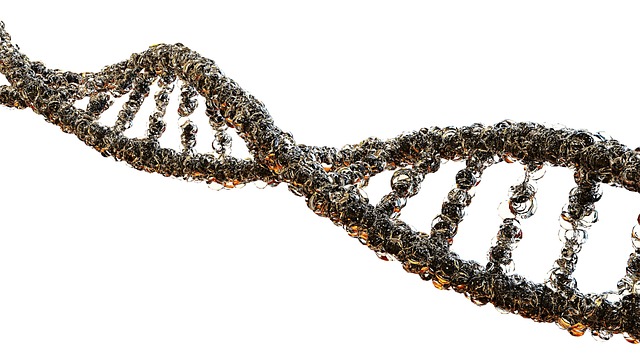
Inverse Problems For Partial Differential Equations
Understanding Inverse Problems in Partial Differential Equations
Inverse problems are a crucial area of study within the field of mathematics, particularly in the context of partial differential equations (PDEs). These problems involve determining unknown parameters or functions from observed data, which can be particularly challenging due to the ill-posed nature of many inverse problems. This article explores the significance of inverse problems, their applications, and the advancements made in recent years.
What Are Inverse Problems?
Inverse problems arise when one seeks to deduce the causes of observed effects. In the realm of PDEs, this typically means inferring the properties of a system based on the behavior of its outputs. For instance, in medical imaging, one might want to reconstruct an image of the interior of a body from measurements taken at its surface.
Applications Across Disciplines
The implications of inverse problems extend across various fields, including:
- Medical Imaging: Techniques such as tomography rely on solving inverse problems to create images from data collected by sensors.
- Geophysics: In seismic exploration, scientists use inverse methods to interpret data from seismic waves to identify subsurface structures.
- Engineering: In nondestructive evaluation, engineers assess materials and structures without causing damage, often employing inverse problem techniques.
- Finance: In financial modeling, inverse problems can help in estimating parameters of complex models based on market data.
Recent Developments
The third edition of the book Inverse Problems for Partial Differential Equations reflects nearly a decade of advancements in the field. This edition expands upon earlier work by introducing new ideas and methods that have emerged in the analysis and numerical solutions of inverse problems. The focus is not merely on technical improvements but rather on innovative approaches that enhance understanding and application.
Key Concepts in Inverse Problems
Several fundamental concepts are essential for grasping the intricacies of inverse problems:
- Ill-posedness: Many inverse problems do not have a unique solution or may not be stable, meaning small changes in data can lead to large variations in the solution.
- Regularization: Techniques used to stabilize solutions by incorporating additional information or constraints to mitigate the effects of noise in data.
- Numerical Methods: Various algorithms and computational techniques are employed to approximate solutions to inverse problems, which can be computationally intensive.
- Analytical Techniques: These involve deriving mathematical expressions that describe the relationship between observed data and the parameters of interest.
Conclusion
Inverse problems for partial differential equations represent a dynamic and evolving field of study with significant implications across multiple disciplines. The ongoing research and advancements in this area continue to enhance our ability to solve complex problems, making it an essential topic for mathematicians, engineers, and scientists alike. As new methods are developed and existing techniques refined, the potential applications of inverse problems are likely to expand, further bridging the gap between theory and practical use.




















 Electrolyte Imbalances
Electrolyte Imbalances 
 Health
Health  Fitness
Fitness  Lifestyle
Lifestyle  Tech
Tech  Travel
Travel  Food
Food  Education
Education  Parenting
Parenting  Career & Work
Career & Work  Hobbies
Hobbies  Wellness
Wellness  Beauty
Beauty  Cars
Cars  Art
Art  Science
Science  Culture
Culture  Books
Books  Music
Music  Movies
Movies  Gaming
Gaming  Sports
Sports  Nature
Nature  Home & Garden
Home & Garden  Business & Finance
Business & Finance  Relationships
Relationships  Pets
Pets  Shopping
Shopping  Mindset & Inspiration
Mindset & Inspiration  Environment
Environment  Gadgets
Gadgets  Politics
Politics 